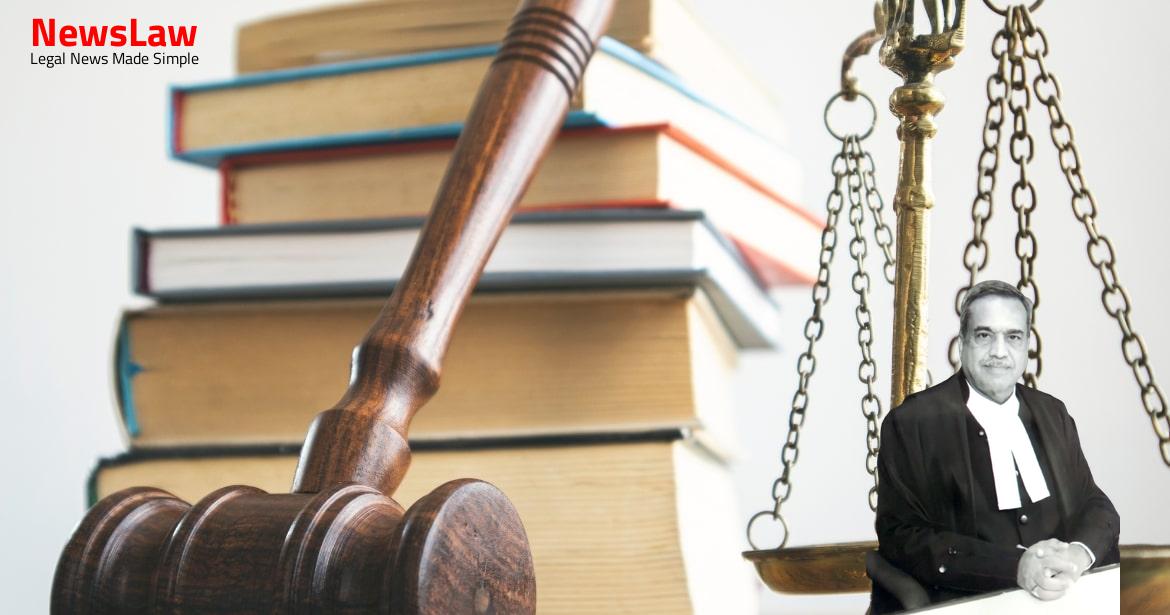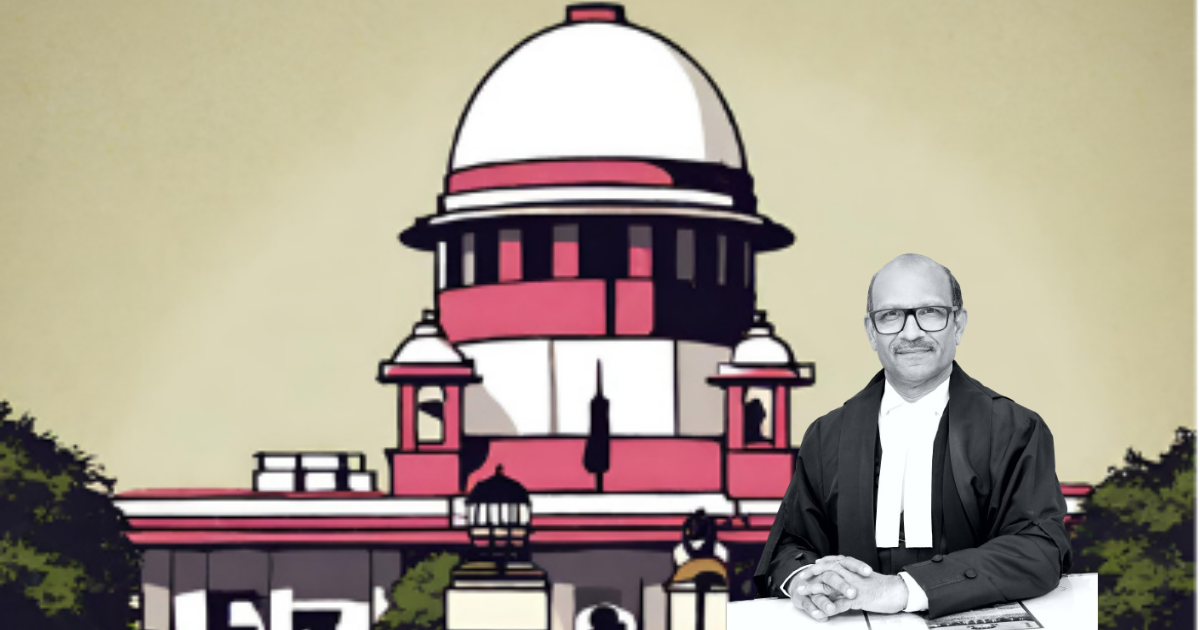In the realm of criminal justice, a crucial aspect often overlooked is the intersectional analysis applied by courts. Understanding the impact of multiple identities on experiences of violence is paramount in ensuring accurate portrayals of crimes. This blog delves into the importance of courts’ legal analysis through an intersectional lens, shedding light on how this approach can influence the outcomes for victims seeking relief.
Facts
- The appellant was convicted for offences under Section 3(2)(v) of the Scheduled Castes and Scheduled Tribes (Prevention of Atrocities) Act 1989 and Section 376(1) of the Indian Penal Code.
- The High Court affirmed the conviction and sentence imposed by the Sessions Court based on oral accounts corroborated by evidence from PW3, PW4, and PW5.
- The appellant was sentenced to life imprisonment for each of the offences, with the sentences running concurrently.
- Medical evidence, especially the deposition of PW10, established that the victim (PW2) was sexually assaulted.
- The appellant’s familiarity with PW2’s family and the circumstances of his apprehension at the scene of the crime were highlighted in the testimony.
- The High Court found the testimonies of PW1, PW2, and PW3 consistent and corroborated by other witnesses, leading to the affirmation of the conviction.
- The High Court also addressed the submission that the offence under Section 3(2)(v) was not committed on the basis of PW2 belonging to a Scheduled Caste.
- The appellant was charged under Section 376(1) of the Penal Code and Section 3(2)(v) of the SC & ST Act.
- The incident occurred while PW1 was at a public tap, with her sons nearby.
- The prosecution presented eleven witnesses, PWs 1 to 11, and relied on exhibits P1 to P12 and MOs 1 to 8.
- The appellant enquired about PW1’s sons and later sexually assaulted PW2, who is blind since birth.
- PW1 found PW2 in distress, locked inside the house, and bleeding from her genitals.
- The appellant tried to escape but was apprehended by villagers and handed over to the police.
- The Sub-Inspector of Police (PW9) arrived at the scene upon receiving a call from PW4.
- PW11 sent the victim for examination to the Government Hospital, where PW10, the Civil Surgeon, conducted the examination.
- Upon enquiry, PW2 alleged that the appellant raped her after locking the door.
- PW1 filed a written report which led to the registration of Crime No 28/2011.
Also Read: Electoral Malpractices in Mayor Election
Arguments
- Arg_Petitioner’s main point is that failure to consider violence based on multiple identities leads to an inaccurate portrayal of the violence.
- This inaccurate portrayal could affect the ability to obtain relief for the victims.
Also Read: Balancing Power and Transparency: Electoral Bonds Struck Down, Disclosure Mandated
Analysis
- Intersectionality is crucial for understanding the specific experiences of individuals facing violence and discrimination on multiple grounds.
- Class, caste, geography, and religion play a pivotal role in how gender violence is perceived and how punishments are meted out in the criminal justice system.
- Amendments were made to enable victims with disabilities to participate in test identification parades and receive necessary accommodations, medical attention, and legal representation.
- Awareness campaigns in accessible formats are essential to inform women and girls with disabilities about their rights in cases of sexual abuse.
- Special provisions were made to address the unique vulnerability of women and girls with disabilities to sexual violence.
- Judicial training on handling cases involving survivors of sexual abuse with disabilities is necessary, emphasizing direct interaction with the disabled person.
- The unique position of blind Scheduled Caste women with disabilities highlights the need for a holistic approach to address their oppression and vulnerability to violence.
- Courts need to adopt a contextualized legal analysis considering the intersection of various identities of the individual to determine the nature of the crime.
- Challenges faced by women with disabilities in accessing the criminal justice system require specific measures to lower barriers and ensure justice.
- An intersectional lens is necessary to evaluate how multiple sources of oppression operate together and produce a specific experience of subordination for marginalized individuals.
- Shreya Atrey proposes the model of intersectional integrity to deal with violence against women from intersectional backgrounds.
- The intersectional lens was applied to Article 15(1) of the Constitution in Navtej Johar v. Union of India by Justice DY Chandrachud.
- Saptarshi Mandal critiqued the Punjab and Haryana High Court’s treatment of a mentally disabled and partially paralyzed prosecutrix, highlighting the devaluation of testimony of disabled witnesses in High Court judgments.
- Exceptional reasons should be used sparingly and strictly interpreted as stated in State of Madhya Pradesh v. Bala.
- Section 376(1) provides for imprisonment for life or up to ten years.
- Enlargement of a woman’s case to include provisions of the SC & ST Act based on her community alone was noted to be inappropriate in the case of sexual assault in Ramdas v. State of Maharashtra.
- Single axis models of oppression have historically characterized movements for the legal protection of marginalized populations.
- Recommendations for enhancing legal education and accommodation for cases of gender-based violence against women with disabilities were suggested.
- Judicial interpretations of Section 3(2)(v) of the SC & ST Act have been discussed in various cases, emphasizing the need for intersectional understanding of violence against marginalized communities.
- Amendments in the Indian Penal Code and the Criminal Procedure Code were introduced to address crimes against women with mental or physical disabilities.
- Section 3(2)(v) of the SC and ST Act provides for enhanced punishment of imprisonment for life with fine under certain conditions.
- The conditions include the offence being committed by a person not belonging to a Scheduled Caste or Scheduled Tribe, the offence being punishable with imprisonment for ten years or more under the Penal Code, and the offence being committed based on the victim’s caste or tribal identity.
- The provision recognizes a single axis model of oppression, focusing on discrimination based on caste or tribal identity.
- The amendment to Section 376(1) introduced changes to the minimum sentence, allowing for imprisonment for less than seven years for specific reasons recorded by the Court, a term of up to ten years, and life imprisonment.
- The nature and gravity of the offence in the present case is serious, compounded by the victim being visually disabled.
- The position of PW2, a visually disabled woman, adds severity to the crime.
- The sentence of imprisonment for life is deemed appropriate given the circumstances and gravity of the offence.
- The conviction under Section 376(1) and the sentence imposed by the Sessions Judge are affirmed.
- The offence committed is particularly heinous as it was perpetrated on a woman belonging to the Scheduled Caste.
Also Read: Recall of Resolution Plan Approval: Legal Analysis
Decision
- The conviction under Section 3(2)(v) of the SC and ST Act is set aside
- The appeal is allowed to that extent
- The conviction under Section 376(1) of the Penal Code is upheld
- Sentence of imprisonment for life is confirmed
- Fine of Rs 1,000/- and default imprisonment of six months confirmed
- Pending application(s) are disposed of
Case Title: PATAN JAMAL VALI Vs. THE STATE OF ANDHRA PRADESH (2021 INSC 272)
Case Number: Crl.A. No.-000452-000452 / 2021



